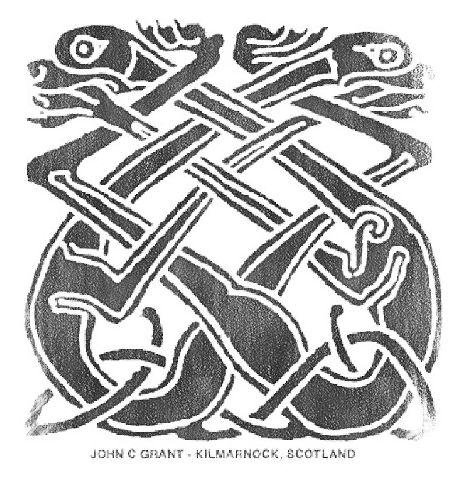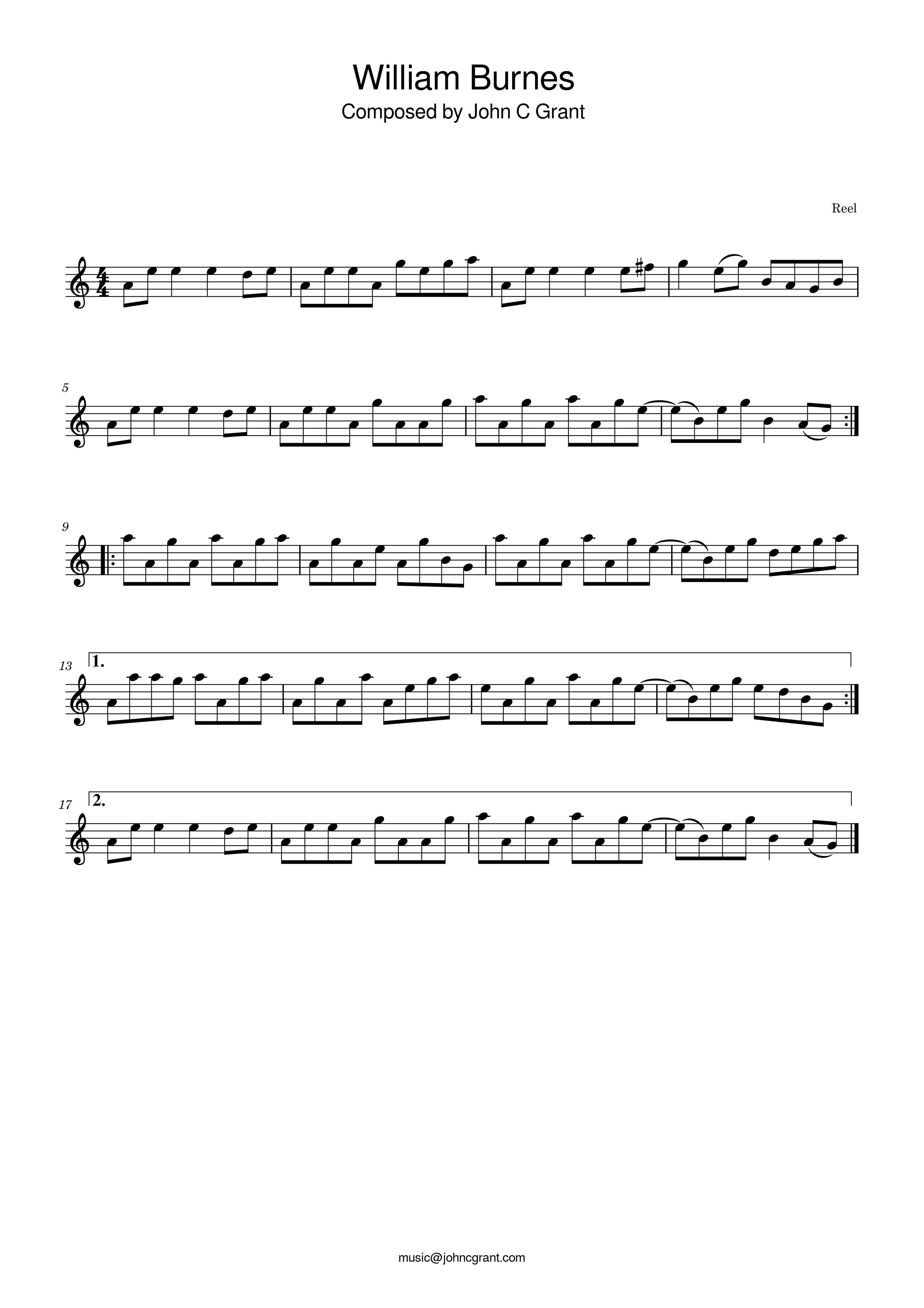
William Burnes, alternatively spelled William Burness (11 November 1721 – 13 February 1784), occupies a significant place in history as the father of the renowned poet Robert Burns. His birthplace is traced back to either Upper Kinmonth or Clochnahill Farm in Dunnottar, Kincardineshire. His journey commenced as a gardener, honing his skills at Inverugie Castle in Aberdeenshire before charting a new course to Ayrshire, where he embraced the life of a tenant farmer. His lineage can be traced to parents Robert Burnes and Isabella Keith. While he adhered to the ‘Burnes’ spelling throughout his lifetime, his son, the poet, leaned towards the Ayrshire variant of ‘Burns.’
Among his siblings, William stood as one of four brothers, with George facing an untimely passing while James and Robert thrived into adulthood. His education surpassed the norm of his era, granting him competence in the three Rs—reading, writing, and arithmetic. His exemplary penmanship underscored his diligence. Within the Burnes family, Jacobite sympathies are noted, exemplified by William’s pursuit of a certificate from three Kincardineshire landlords attesting to his favorable disposition. The year 1748 marked a downturn for his father, Robert Burnes, whose aspirations as a farmer were dashed by the economic aftermath of the Jacobite uprising of 1745.
In response to the demand for skilled gardeners in Edinburgh, William seized an opportunity. For the ensuing two years, he contributed his expertise to Sir Thomas Hope’s landscape projects within the city, including endeavors at Hope Park, later christened The Meadows. His journey then led him to Ayrshire, where he commenced his employment under the Laird of Fairlie in 1750, subsequently moving to Carrick and laboring near Maybole. Acknowledgment of his competence arrived in the form of a character certificate bestowed by the session clerk and minister of Dundonald. In 1754, he entered the employ of the Crawfords of Doonside for a two-year tenure. Lodging at Doonside Mill, he dedicated himself to savings for his future, potentially aided by the cessation of maintenance payments to his retired father, who had likely passed away around that time. Driven by ambition, he procured 7+1⁄2 acres (3 ha) of land at Alloway through a feu agreement with Dr. Alexander Campbell of Ayr, nurturing aspirations of establishing himself as a nurseryman.
However, this path proved insufficient for his livelihood. Seeking alternatives, he secured a position as head gardener and overseer at Doonholm, the estate of retired London doctor Provost William Fergusson of Ayr, during the summer and autumn of 1757. Over two years, he orchestrated the layout of parks, gardens, avenues of trees, road construction, and farm reorganization across the lands that formed the Doonholm Estate.
During the years 1775 and 1776, the Ayr Town Council entrusted him with a significant task — the contract for crafting the layout of the emerging Greenfield Avenue. This endeavor became the source of financial means that enabled him to procure the previously mentioned property via a feu agreement with Dr. Alexander Campbell of Belleisle.
William Burnes, characterized as a tall, reserved man endowed with a shy demeanor, embarked on the construction of a two-roomed cottage upon the nursery land at Alloway in 1757. His romantic interests led him to court a young lady at Alloway Mill. Evidently, he initiated the composition of a marriage proposal letter, though it met its end torn to pieces. Fate took a turn when, at the age of 36, he encountered Agnes Broun during a Maybole Fair in 1756. Agnes, a vivacious redhead with brown eyes, stood as a lively contrast to his demeanor. On the 15th of December in 1757, William sealed his union with Agnes, who hailed from Craigenton in Kirkoswald parish, South Ayrshire. Their marital bond endured for an impressive span of 26 years, until his eventual passing.
In the February of 1767, an initiative led by William Burnes, alongside William Reid of Doonside Mill and a skilled blacksmith named John Tennant, acquired the council’s permission to construct a dry stone wall encircling Alloway Kirk. This project, executed at their personal expense, aimed to prevent Elias Cathcart’s cattle from wandering into the then unenclosed churchyard.
The Burnes family flourished with the arrival of their children. Robert was born on 25 January 1759, followed by Gilbert in 1760, Agnes in 1762, Annabella in 1764, William in 1767, John in 1769, and Isabella in 1771. As their dwelling grew insufficient, William turned to Provost Fergusson, seeking the leasing of Mount Oliphant farm in 1765, later known as High Corton. A twelve-year lease, offering a six-year break option, along with a £100 loan for stock, facilitated this transition. William’s involvement extended to collecting census information for the council.
The Mount Oliphant lease eventually concluded with the passing of Provost Fergusson, resulting in arrears for William. Dialogue with the factor over these debts proved unsettling, though resolution emerged with the estate taking a mortgage on the Alloway cottage. This arrangement left William free to transition to Lochlea, South Ayrshire, at the lease’s end in 1777.
While a period of agricultural advancement unfolded, William fell into arrears while farming and enhancing Lochlea. This predicament led to legal petitions filed by David McLure of Shawwood, his landlord, citing rent arrears. McLure’s own financial difficulties complicated the scenario. William’s eventual triumph in the Court of Session in January 1784 marked his vindication. He settled the rent balance, covering expenses incurred for liming, fencing, and constructing new buildings.
Upon his deathbed at Lochlea Farm, William expressed concerns about the conduct of a family member. Upon further inquiry, he revealed he was referring to Robert, evoking silent tears of remorse. His demise on 13 February 1784 resulted from ‘physical consumption’ and exhaustion. Although he passed away in the parish of Tarbolton, he found his resting place in the abandoned Alloway Kirk, a place he contributed to preserving. His headstone, the third of its kind, replaced previous ones chipped away by souvenir seekers.
William’s educational contributions to his children were significant, encompassing reading, writing, arithmetic, geography, history, and even a “Manual of Religious Belief” he composed for their benefit. He also financed the education of Robert and Gilbert under John Murdoch (1747–1824), who established an ‘adventure school’ in Alloway in 1763. This institution taught Latin, French, and mathematics from 1765 to 1768, until Murdoch’s departure from the area. Robert’s education extended to Dalrymple Parish School in the summer of 1772, followed by a three-week sojourn with Murdoch in 1773 to study grammar, French, and Latin.
John Murdoch held William Burnes in high regard, referring to him as “the saint, the father, and the husband.” William’s demeanor was characterized by cheerfulness, a desire to bring happiness.
Isobel Burns held memories of her father as a beacon of cheerfulness, ever devoted to bringing joy to his children. Approachable, amiable, and possessing a penchant for humor, he seldom let anger intrude upon his demeanor.
William held a distinct aversion to the Tarbolton dancing class, an establishment attended by his son Robert. The poet himself later reflected, “In my seventeenth year, to give my manners a brush, I went to a country dancing school. My father had an unaccountable antipathy against these meetings; and my going was, what to this hour I repent, in absolute defiance of his commands. My father, as I said before, was the sport of strong passions; from that instance of rebellion he took a kind of dislike to me…”
Robert Burns, in retrospect, portrayed his father as unparalleled among the human race. In his own words, “I myself have always considered William Burnes as by far the best of the human race that ever I had the pleasure of being acquainted with, and many a worthy character I have known. I can cheerfully join with Robert in the last line of his epitaph borrowed from Goldsmith – ‘For even his failings leaned to virtue’s side.’ He was a tender and affectionate father; he took pleasure in leading his children in the path of virtue; not in driving them as some parents do, to the performance of duties to which they are averse. He took care to find fault but seldom, and, therefore, when he did rebuke he was listened to with a kind of reverential awe.”
It was Robert Burns himself who penned the following lines to grace William’s headstone:
“O ye whose cheek the tear of pity stains,
Draw near with pious rev’rence, and attend!
Here lie the loving husband’s dear remains,
The tender father, and the gen’rous friend.
The pitying heart that felt for human woe,
The dauntless heart that fear’d no human pride,
The friend of man – to vice alone a foe;
‘For even his failings lean’d to virtue’s side’."
A guide track for ‘William Burnes’ is available below for listening: -
You can download a PDF of the sheet music here
- or braille format here.
The track is additionally available within the following collections and sets: -
Associated Collections: -
4/4
Ayrshire Characters
Bagpipe
Not Yet Recorded
Reel
Robert Burns
The Tarbolton Collection
The Three Six Five Collection
Associated PDF Download Sets: -
Tarbolton Reels 2

